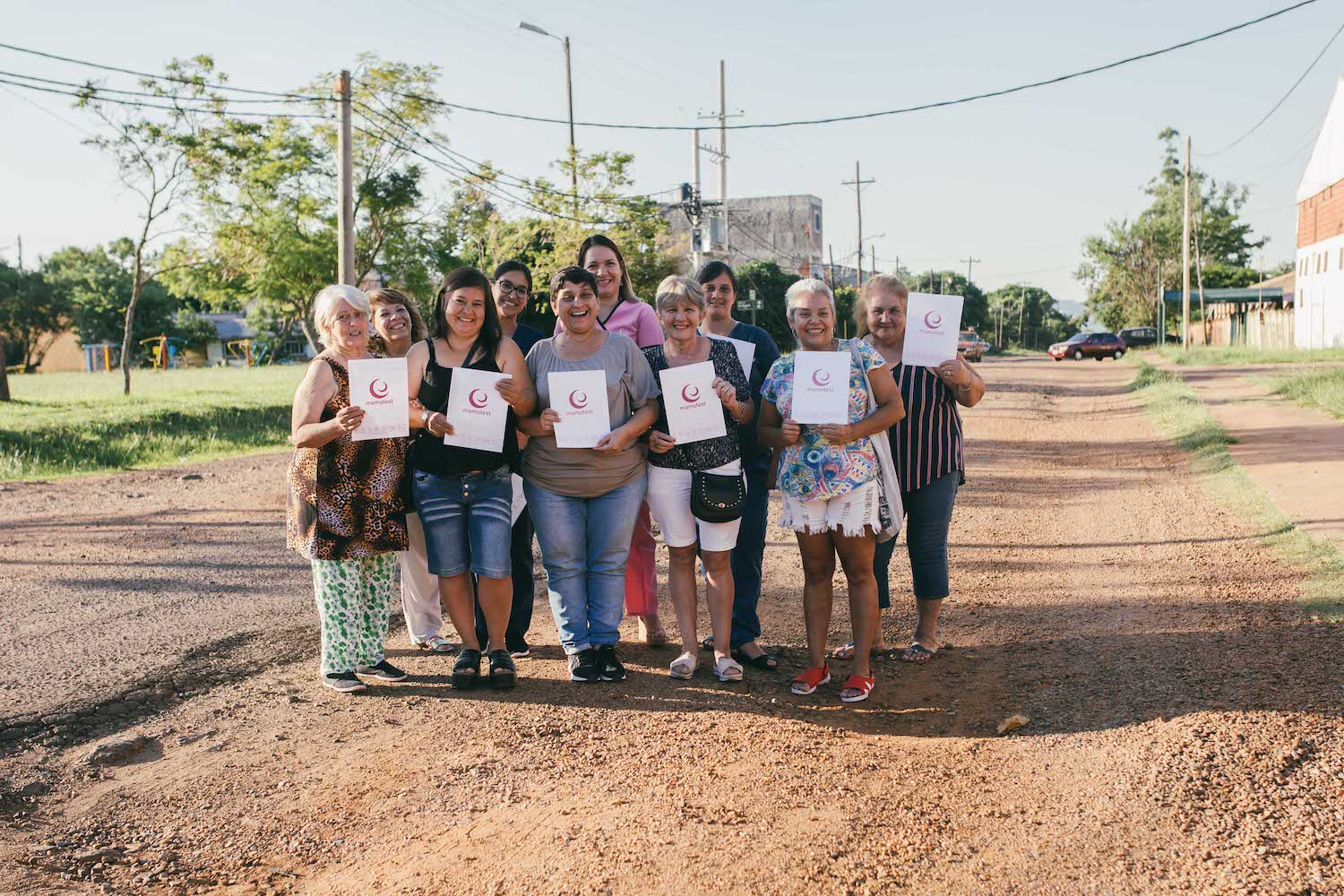If efficient capital allocation between asset owners and investees is the main function of investment management, then rigorous due diligence is the lifeblood that allows capital to flow.
Now with institutional demand for impact investing products on the rise, due diligence requirements have expanded to encompass impact and ESG as well as financial performance considerations. While this is a positive trend, the additional requirements can translate into greater analytical complexity, thus slowing down capital allocation decisions. This is why many investors are now looking towards third-party impact verification as a valuable tool for streamlining due diligence and separating the wheat from the chaff.
How due diligence has evolved
Since 2018, there have been more than 2,000 ESG-committed private funds in the market targeting about $1.42 trillion in aggregate capital, according to data from Preqin’s 2020 Impact Report, “The Rise of ESG in Alternative Assets.” An institutional investor can’t be expected to conduct thorough due diligence on every fund that crosses its desk, let alone every impact fund. A well-designed screening process helps reduce the target list to just those funds that meet a certain set of gating criteria, saving time and energy for both the allocator and the fund manager and allowing financial markets to function more smoothly.
In recent years, questions about ESG and climate change have begun appearing on investor due diligence questionnaires (DDQs) with increasing frequency, including questions on everything from a manager’s commitment to diversity, equity and inclusion (DEI) to a manager’s recycling program. For instance, nearly half of asset owners (46%) said they want fund managers to supply information on the greenhouse gas emissions and carbon intensity of their portfolios, according to a survey by Cerulli Associates. The same survey found that 70% of asset owners either already require or will soon require asset managers to report on thematic metrics to show how their investments make measurable social and environmental impacts.
As investors seek greater visibility into ESG and impact policies and processes, there is a commensurate need for independent assurance that these practices are both accurately characterized and on par with industry standards.
The growing adoption of impact verification
As asset owners look to allocate more capital to impact funds, they are looking for reliable ways to identify best-in-class managers. This is where impact verification comes in.
Independent impact verification can make the lives of asset allocators easier by providing a trusted, third-party evaluation of an investment manager’s impact management practices and/or impact performance. An impact assurance provider looks under the hood to determine if the manager’s claims about its impact practices and performance are backed up with evidence, aligned to industry standards (such as the Operating Principles for Impact Management (OPIM) or the forthcoming SDG Impact Standards), and reported in a consistent and reliable way. Just as an institutional investor would hesitate to allocate capital to a fund that lacked a trustworthy auditor or law firm, the same will soon be true of funds missing a reputable impact verifier.
A statement from a third-party impact verifier can provide confidence that a fund’s representations of its impact practices are accurate while also identifying potential areas of impact risk for future monitoring. Given the many different impact investing standards and the dynamic nature of the impact market, this kind of verification statement could help clarify and spotlight the most relevant and differentiated components of a manager’s approach to impact reporting and impact management.
The list of fund managers that have been independently verified is growing at a rapid pace. As of March 2020, 115 impact investors have signed onto the OPIM, which require public disclosure and independent verification of alignment. Nearly half of these signatories have already published their verifier statements, providing essential information for investors looking to allocate to best-in-class impact funds. The SDG Impact Standards are expected to include external assurance and an SDG “seal of approval” for investors seeking to align their investment activities with the SDGs. Other industry standards like the Social Bond Principles also include a mechanism for independent assurance.
A growing number of institutional investors have signaled that they plan to ask fund managers to complete an independent verification as part of their screening and due diligence processes. For example, we have worked closely with one leading development finance institution to verify that prospective fund managers in their pipeline are aligned with best practices in impact investing.
Within the next year or two, we expect impact verification to become commonplace and eventually represent a de facto best practice for impact fund managers seeking to raise capital. As more impact investors enter the market, the insights and benchmarking they receive via an independent verification by a trusted third-party could be what sets managers apart from the competition, especially as prudent asset allocators rely on insights from impact verifications to reduce impact risks and enhance impact results. This market innovation enables not only the efficient allocation of capital, but also ensures that the impact investing industry scales with integrity.
Christina Leijonhufvud is the CEO of BlueMark, Tideline’s new verification business. She manages all aspects of business strategy, new product development, and external relations, and has directly led 30+ impact verification assignments across investor types and asset classes.











